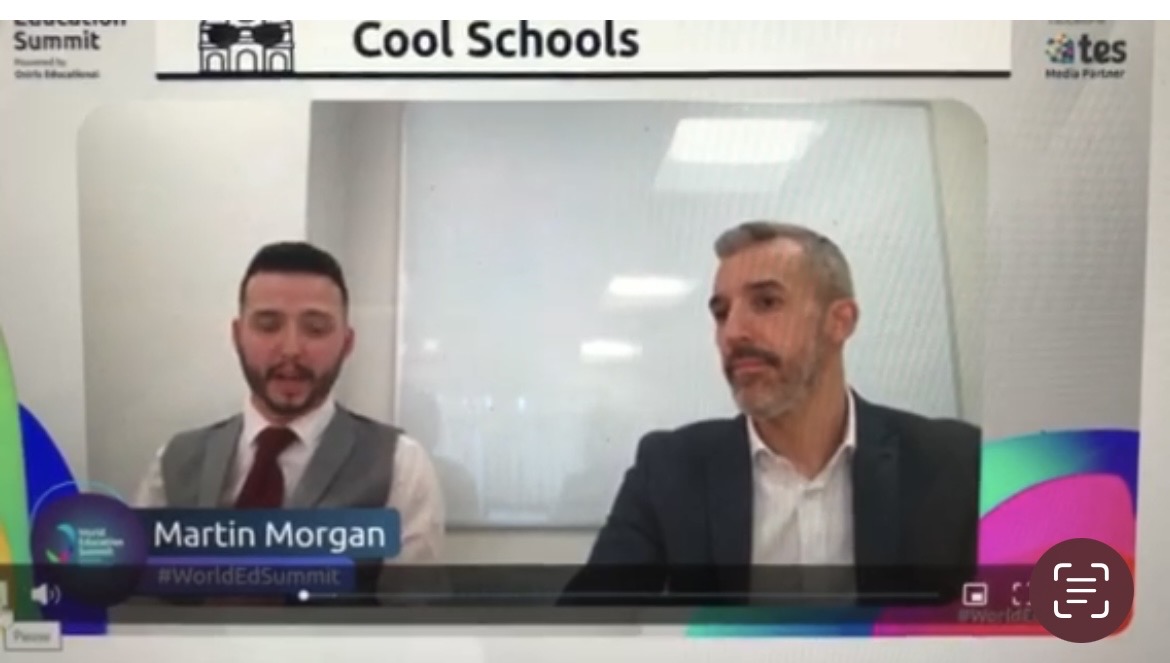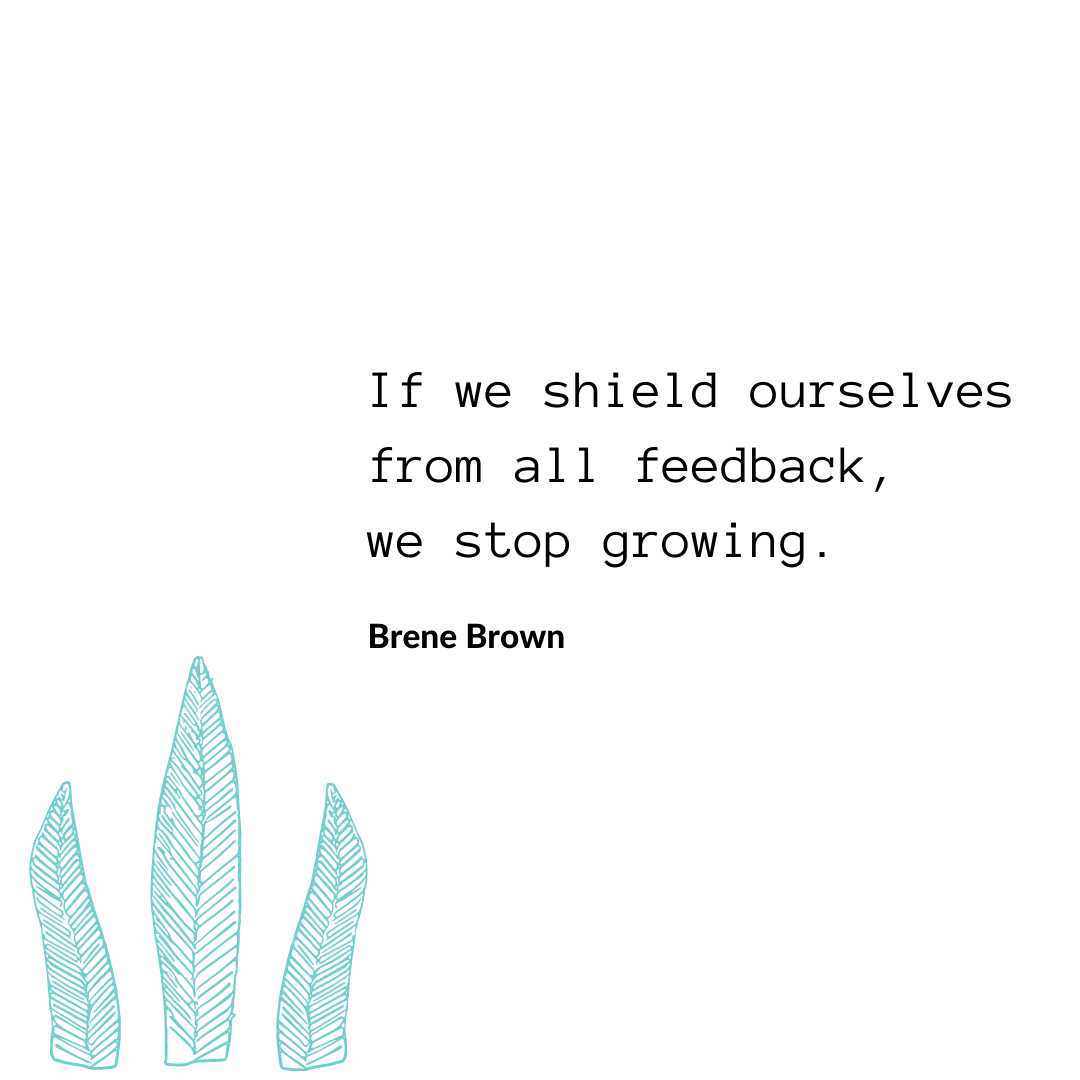The Power of CPD : Fostering Intentional Excellence
“You can never be overdressed, or over-educated.”
Why invest in CPD?

Continuous professional development, or CPD as we know it, has long been a passion of mine. This next part is a bit wordy… but I feel that as educators, we are not just disseminators of knowledge, but also active learners on a perpetual journey of self-improvement. I have felt very fortunate that during my time at the trust, there have been opportunities to grow and expand my skills. The late Henry Ford asserted that ‘the only thing worse than training your staff and having them leave, is not training them, and having them stay’. It is this notion that I stumbled upon within a book (Putting Staff First) that encouraged me to take further responsibility for my own professional development.
Traditionally, CPD might have looked like an after-school meeting within a Year 6 classroom. More recently, however, it has involved:
- Twitter – perhaps accidentally reading about Dylan Wiliam’s latest views on assessment, stumbling upon Mary Myatt’s philosophies on curriculum design, or networking with like-minded (or occasionally not so like-minded) teachers and educationalists. With the ever-current pressures in teaching, the latter is a great tool to remind us that we’re all in the same boat. I’ve also been sent several free books!
- Podcasts – Steven Bartlett, High Performance, Podcast CPD
- Education Endowment Foundation (EEF) – evidence-informed reports and resources, as well as the occasional research study to take part in National Professional Qualifications that relate to school priorities – aligned with the Trust’s pathways
- Collaboration with other teachers within the school or Trust
- Volunteer to become a co-opted governor – I have done this for the last 3 years at two schools in Shrewsbury. I would recommend it to anyone looking to gain insights into the strategic element of how schools are run, as well as contribute positively to a community ResearchEd – essentially a mini festival that has speakers, workshops, and discussions, focused on evidence-based approaches to education
- A conversation
- A CPD library
Strategic| Achiever | Learner | Ideation | Input.



Everyone of us has strengths. Every one of us has weaknesses. The CliftonStrengths framework focuses on identifying and nurturing individuals’ innate talents and strengths, enabling them to reach their full potential. It emphasises leveraging strengths instead of fixating on weaknesses, leading to improved performance, engagement, and overall achievements across different areas of life.
I am a lover of golf. Consider Tiger Woods as an example. Despite his remarkable success in golf, Tiger had a well-known dislike for bunker shots. This aspect could be seen as a weakness. However, the CliftonStrengths approach encourages individuals to focus on their strengths, rather than dwell on weaknesses. In Tiger’s case, his strengths include exceptional ball striking, accuracy, mental resilience, and strategic thinking. By capitalising on these strengths, Tiger compensated for any weaknesses in bunker shots. Emphasising strengths allows individuals to maximise performance and achieve success, even while acknowledging and working on areas of lesser strength.
This is not too dissimilar to how we should strive to perform in the workplace. We should aim to do less, better. Adopting a mindset of focusing mostly on what we’re good at. It can be troublesome of course, when we’re forced to undertake tasks that do not necessarily match our strengths. This should be regarded as an opportunity to collaborate with a person whose strength matches the task, and vice versa.
According to The CliftonStrengths assessment, my top five are Strategic, Achiever, Learner, Ideation and Input. In the spirit of humility and vulnerability, my lowest strengths, or otherwise weaknesses, are centred around harmony and deliberativeness. This should not and does not phase me. Knowing my main strengths gives me license to focus mostly on what I am good at, striving to be intentionally excellent.
Incidentally, with there being 34 strengths in total, the odds of someone sharing the same signature five are over 1 in 33 million.
‘Martin Morgangate’

During 2021-2022, Ben and I had been working together to develop the bespoke pathways that was quite recently shared with all staff. It was during this time, when we were exploring CPD options, that we built a good relationship with Jacob Hobbins, a schools liaison officer for The World Education Summit (WES) who shared our passion for education, sense of humour and vision for a collaborative approach. For context, The WES is a platform for educationalists and all over the world. It features the likes of John Hattie, Lord Seb Coe and Dame Alison Peacock, to name a few. Now, I’m not quite sure who suggested the idea first, but it was almost certainly meant jokingly… Cut to several months after first speaking with Jacob, we were invited to become guest speakers at The World education Summit. The summit boasts audiences of over 85 different countries – with 30,000 people registered to view the content. To help articulate our presentation, we did a pre-recording followed by a live discussion to our global audience (of around 20 people). It was during our live talk that mistakes were made… Josh Young became Martin Morgan.

Despite now being saved as Martin Morgan in most of my friends’ Whatsapp groups, speaking at the summit was a wonderful opportunity to to focus on the people strategy for the trust and delve further into what ‘effective’ CPD looks like. It was the EEF Report on mechanisms, that was one of the most informative reports we looked at. It was hot of the press and provided a framework of what strong CPD should contain.
What does the research say?
According to the EEF, professional development has a positive impact on outcomes. In fact, the effect size is similar to estimates of the effect size of having an experienced teacher. The improvement has been calculated as being more effective than most other school-based interventions. Similar to Hattie’s work on feedback, it has been asserted by the EEF that the quality of CPD is varied. What might work one day, might not work on another.
It also has a low-fidelity feedback loop. The impacts of CPD are invisible, to a point. In teaching, I, like many other teachers, will occasionally use ‘thumbs up’. This feedback is superficial, at best (let’s be honest, mini whiteboards are much better). The behaviours of children and adults are not too dissimilar, in the sense that we will occasionally just say ‘yes’ or nod because it’s easier – particularly if it means showing some humility or vulnerability. I believe that we need to foster high-fidelity feedback loops.
As previously mentioned, I am a lover of golf. In many sports, athletes are provided with immediate and precise feedback. A golfer can observe the flight of their ball and make adjustments to their technique and strategy. When a dart is thrown by a professional darts player, the result is immediately visible – again, allowing for adjustments. This is true for many sports. It is not always the case in the classroom or from a CPD session, where learning takes time to assess.

The best staff that I have worked with during my career have been those that are not afraid to be vulnerable and have a desire for feedback. Mary Myatt asserts that we are a challenge-seeking species. Whether it’s playing Sudoku, doing a cross-word or playing on a games console, we enjoy testing ourselves. If we struggle, we might get a little bit frustrated, but because it’s private, the stakes are generally lower. We need to find a way to ensure that the stakes within CPD are low so that, as practitioners, we foster a culture of collaboration and continuous improvement. High-challenge, low threat.